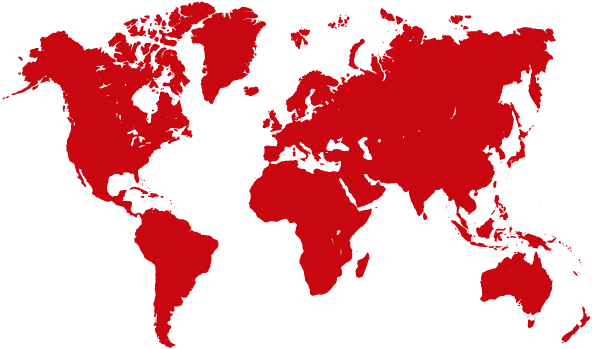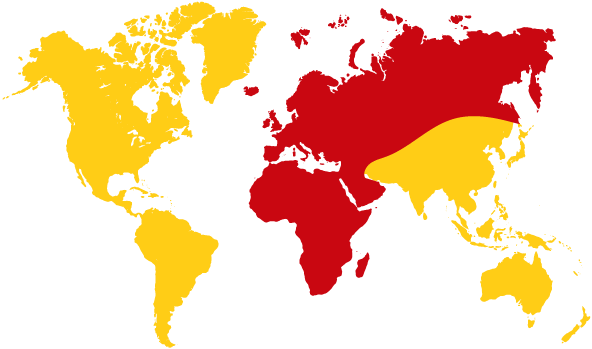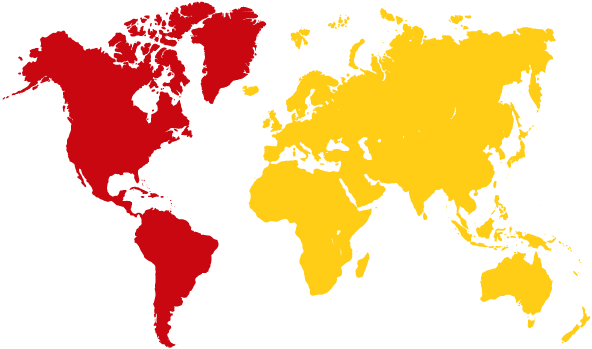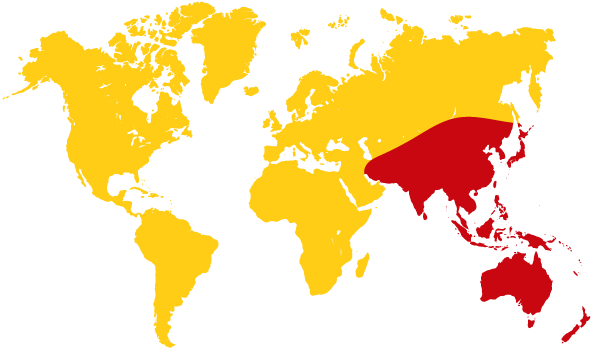Hams ready as typhoon strikes twice
The powerful Typhoon Bopha that killed at least 600 people and left many missing in southern Philippines last week, made an unexpected U‑turn to hit the northern part of the archipelago.
Active during both disasters were the planned ham radio networks, organised through the national IARU society, the Philippines Amateur Radio Association(PARA). When the typhoon was first seen on the weather radar heading for the southern island of Mindanao, PARA was hosting its 80th birthday celebrations in Manila. Almost immediately it asked for the nets to be activated on VHF and for long haul traffic 7095 kHz, echo-link and Facebook.
What unfolded was an outstanding effort for the amateur radio community that included evacuations of riverside and low-lying communities and coordination of rescues including those at sea. The networks played an important coordination role in the south with the Disaster Response Team of the Philippine Red Cross, Delta Fire Volunteers, and the Coastguard.
Among the action was DX5RAN, the District 5 Radio Amateur Network. That net worked with the City Government of Tacloban and the City Disaster Risk Reduction Management Council. There were many other radio amateurs involved. Rescuers there were faced with rocks, mudslides and rubble where houses once stood. More than 1,000 were injured and about 370,000 are in temporary shelter areas.
The Philippines is counting its huge economic losses in the south, including the loss of valuable export banana plantations at Mindanao. Humanitarian agencies estimate 5.4 million people affected by the typhoon urgently need food, drinkable water and shelter after Bopha wiped out 90 per cent of houses in the worst-hit towns in Compostela Valley and Davao Oriental.
In the north last weekend the typhoon did a U‑turn, and although downgraded to a tropical storm hit a country already having 16 severe weather incidents in the past year. The emergency nets of PARA were again active as heavy rains and wind came ashore at North Luzon.
The Vice Chief Operating Officer of PARA, Ramon J. Anquilan DU1UGZ, said both nets were now closed.
He thanked the worldwide community for their assistance in coordinating the activities so that the calling frequency was not burdened by superfluous transmissions.
— Jim Linton VK3PC, Chairman IARU Region 3 Disaster Communications Committee.
Hams ready as typhoon strikes twice
Print This Post



